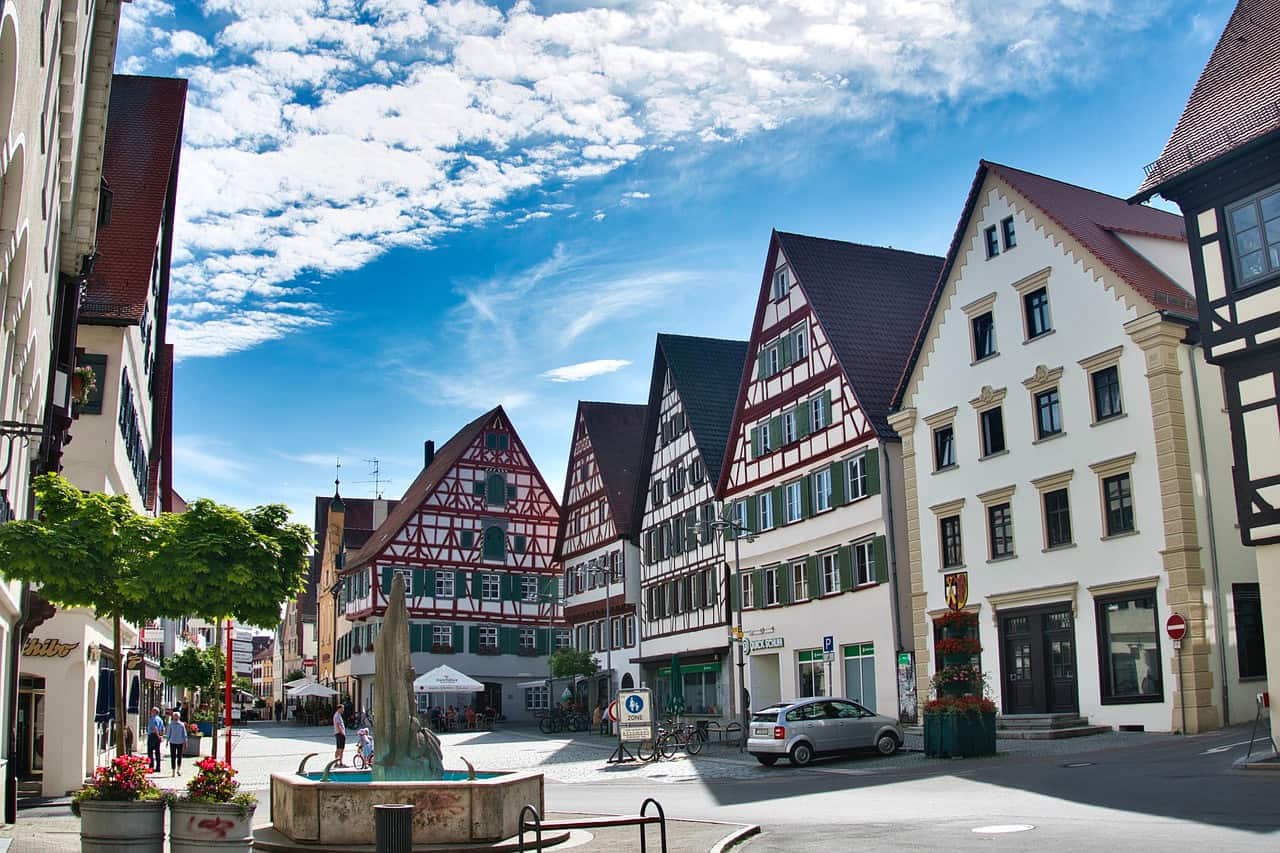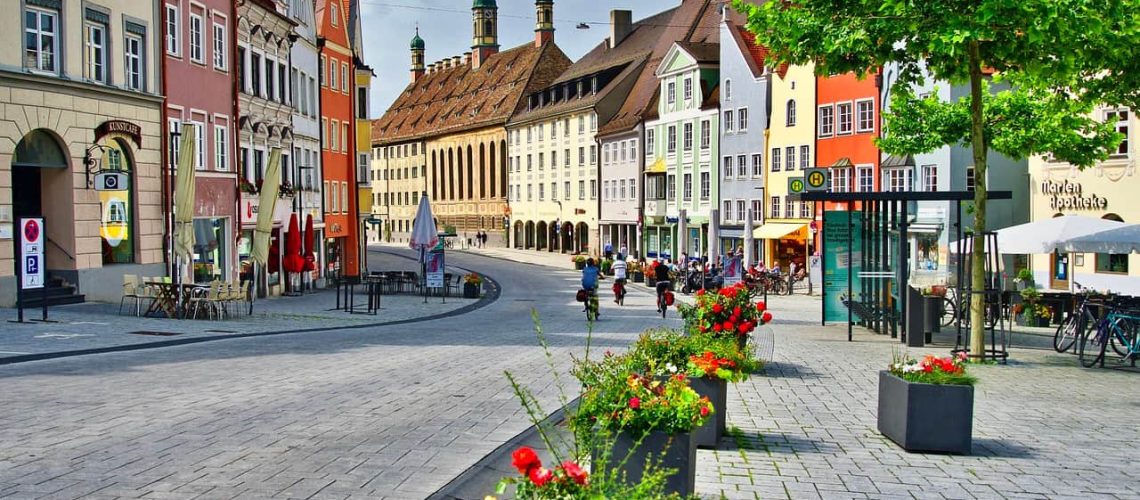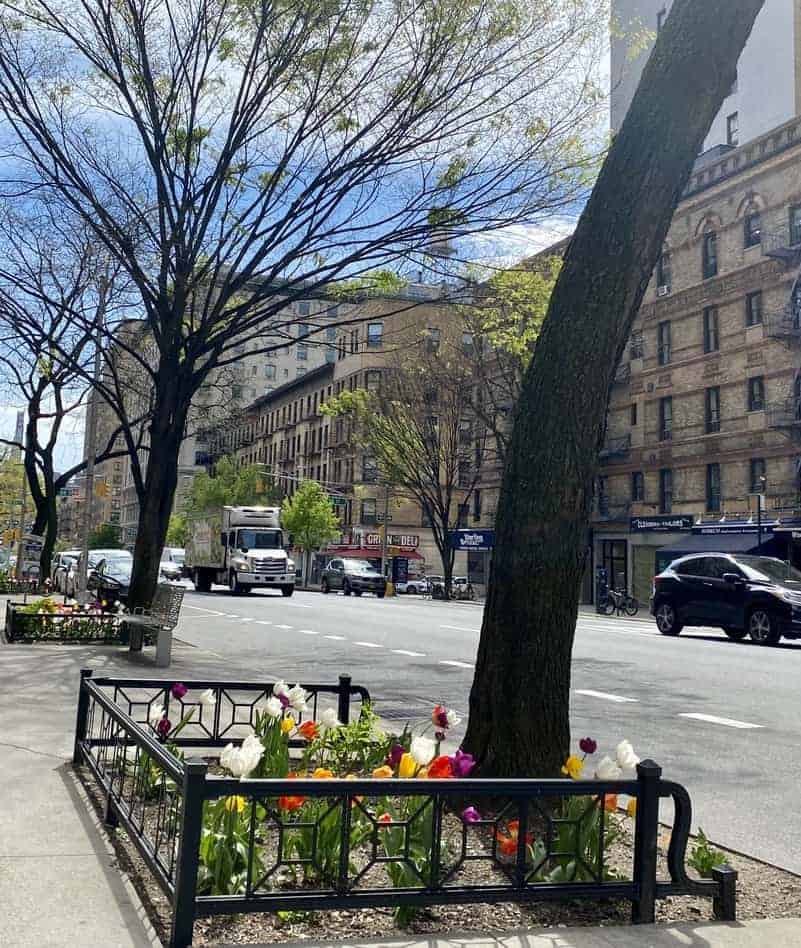In the dynamic world of urban life, streetscapes play a pivotal role in shaping the identity and functionality of a city. As cities such as New York embrace the imperative to revitalize and clean up their urban areas, the significance of streetscapes has grown exponentially. Let’s talk about the evolving importance of streetscapes, exploring how they contribute to the revitalization of neighborhoods, enhance the quality of life, and foster a sense of community and security.
What Are Streetscapes
Streetscapes encompass the visual and experiential aspects of urban thoroughfares, transcending their utilitarian role as conduits for transportation. They represent a meticulously crafted synthesis of architectural elements, public spaces, landscaping, and cultural markers that collectively define the character and identity of a city’s streets. Streetscapes are not static; they evolve, responding to the needs of communities and the ever-shifting dynamics of urban life.
Importance Of Streetscapes To Urban Living
The benefits of streetscapes extend far beyond their visual appeal. These projects serve as catalysts for positive change, enhancing the overall well-being of cities and their residents. Here the multifaceted advantages of thoughtfully designed streetscapes.
Revitalizing Commercial Communities
One of the primary focal points of urban revitalization projects is the transformation of commercial communities. Cities recognize the economic potential inherent in vibrant commercial districts. Through carefully planned streetscape projects, the aim is to create aesthetically pleasing and functional spaces that attract both residents and visitors. A blend of public art, green spaces, and thoughtfully designed elements contributes to the overall ambiance, encouraging community engagement and fostering a thriving commercial environment.
Enhancing City Aesthetics
Aesthetics are a key driver in the revitalization of urban spaces. Cities like New York are investing in streetscape projects that not only enhance the visual appeal of the streets but also contribute to the overall identity of the city. Public art installations, creative signage, and innovative lighting solutions are integrated into these projects to create a unique and memorable cityscape. The Department of Transportation is at the forefront of such initiatives, ensuring that streetscapes reflect the city’s character while maintaining functionality.
Fostering Community Security
As cities evolve, so do the concerns for the safety and security of their residents. Streetscape projects are designed with security in mind, incorporating elements that enhance visibility and promote a sense of safety. Well-lit streets, strategically placed signage, and carefully planned public spaces contribute to an environment where residents feel secure in their neighborhoods. This focus on security not only improves the quality of life but also fosters a stronger sense of community.
Improved Quality Of Life
Streetscapes, when designed with residents in mind, have the power to significantly improve the quality of life. Green spaces, pedestrian-friendly zones, and well-planned seating areas create inviting environments that encourage outdoor activities and social interaction. This not only enhances physical health but also contributes to mental well-being, fostering a sense of community and connection among residents.
Enhanced Connectivity
Well-designed streetscapes contribute to improved connectivity within urban areas. Pedestrian-friendly pathways, bike lanes, and strategically placed public transit stops make cities more accessible, reducing dependency on private vehicles. Enhanced connectivity not only promotes sustainable modes of transportation but also creates a more inclusive urban environment where people can navigate their surroundings with ease.
Boosted Economic Activity

Vibrant streetscapes play a crucial role in stimulating economic activity. Commercial communities that are aesthetically pleasing and strategically designed attract both residents and visitors. Increased foot traffic, coupled with inviting public spaces, fosters a conducive environment for local businesses to thrive. As a result, streetscape projects become catalysts for economic growth and sustainability.
Environmental Sustainability
Streetscapes, when incorporating green infrastructure and sustainable design principles, contribute to environmental conservation. Green spaces, tree-lined avenues, and permeable surfaces help mitigate the urban heat island effect, improve air quality, and provide natural habitats for biodiversity. By integrating eco-friendly elements, streetscapes become essential components of a city’s commitment to environmental sustainability.
Cultural Expression And Identity
A well-conceived streetscape reflects the cultural fabric and identity of a city. Public art installations, cultural markers, and creatively designed elements serve as expressions of local identity. Strengthening a city’s cultural identity not only fosters a sense of pride among residents but also attracts visitors who are drawn to the unique character and stories embedded in the urban landscape.
Increased Property Values
Thoughtfully designed streetscapes have a positive impact on property values in surrounding areas. The aesthetic appeal and improved functionality of streetscapes make neighborhoods more desirable, attracting potential homeowners and investors. As property values rise, communities benefit from increased municipal revenue, which can be reinvested into further urban improvements.
Social Equity And Inclusivity
Streetscape projects play a pivotal role in promoting social equity and inclusivity. By ensuring that all neighborhoods, regardless of their socio-economic status, benefit from revitalization efforts, cities create environments where everyone has access to well-designed public spaces. This commitment to inclusivity fosters a sense of belonging and shared ownership among diverse communities.
Promoting Residential Equity
Streetscapes are instrumental in promoting residential equity by ensuring that all neighborhoods benefit from revitalization efforts. Projects aim to create functional and aesthetically pleasing spaces in both residential and commercial areas, bridging the gap between different parts of the city. This commitment to equity enhances the overall quality of life for residents, regardless of their location within the urban landscape.
Looking to the Future
The future of streetscapes is dynamic and forward-thinking. Cities are investing in projects that go beyond mere beautification, incorporating innovative solutions for functional spaces that adapt to the evolving needs of urban life. Future streetscapes will seamlessly blend technology, sustainability, and community engagement, creating environments that are not only visually appealing but also responsive and adaptable to the changing demands of city living.
In Conclusion
As we navigate the intricate alleyways and grand boulevards, let us recognize streetscapes not merely as the backdrop of our daily lives but as the living canvases that define the essence of our cities. Their importance lies not only in what they are today but in the promise of what they can become – dynamic landscapes that harmonize functionality with artistic expression, reflecting the ongoing narrative of our collective urban journey.




